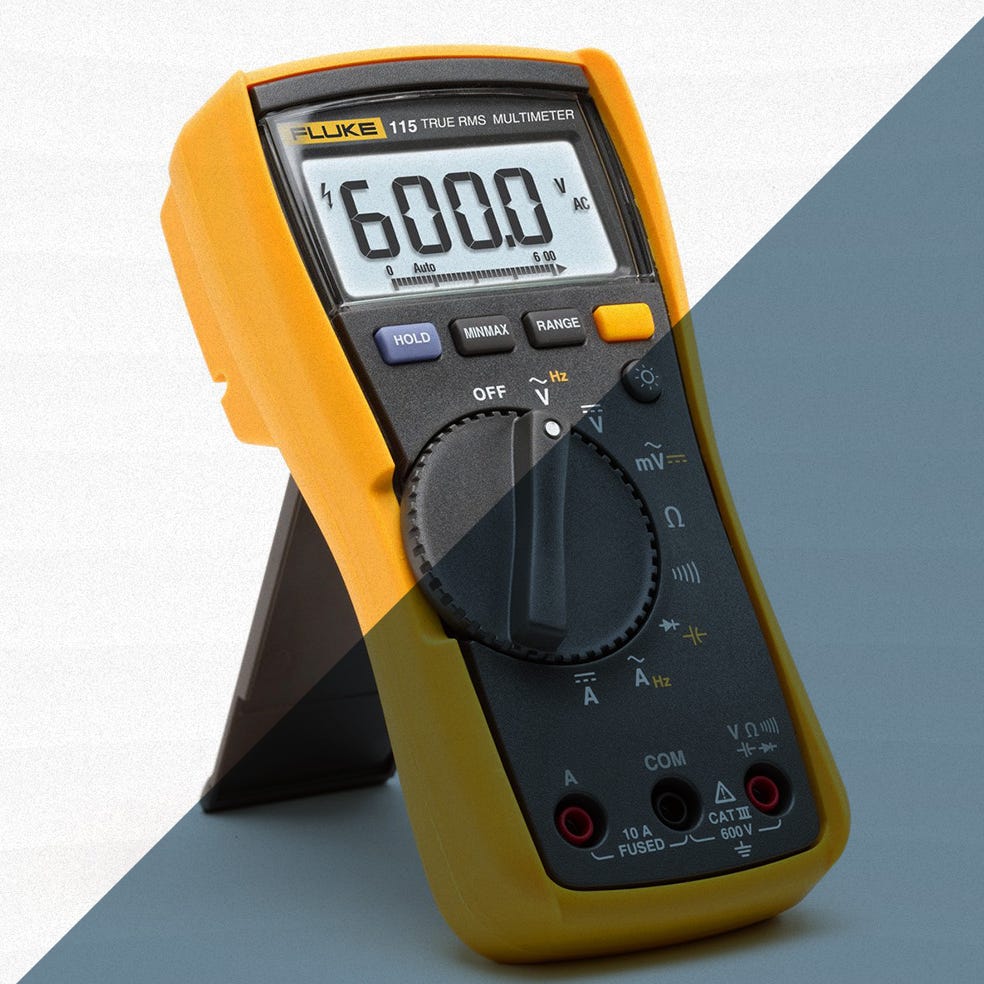DCA (Direct Current Amperes) on a Multimeter
DCA on a multimeter signifies Direct Current Amperes. This function is used to measure the magnitude of direct current (DC) flowing through an electrical circuit. Direct current is characterized by its unidirectional flow of electric charge, common in batteries, DC power supplies, and various electronic devices.
Measurement Principles and Usage:
- Series Connection: To measure current, the multimeter must be connected in series with the load or circuit path. This requires opening the circuit and inserting the meter so that the current flows through the multimeter.
- Probe Connection: Typically, the red probe is connected to the dedicated current input jack (often labeled 'A', 'mA', or a specific high current rating like '10A' or '20A'), and the black probe is connected to the 'COM' (common) jack. Always verify with your multimeter's manual for correct jack usage, especially for different current ranges.
- Range Selection: It is crucial to select a DCA range on the multimeter that is higher than the expected current. If the current value is unknown, start with the highest range and then switch to lower ranges as needed to obtain a more precise reading. Selecting a range that is too low for the current being measured can blow the multimeter's internal fuse.
- Polarity: In DC circuits, observing polarity is good practice. Connect the red probe to the point closer to the positive terminal of the source and the black probe to the point closer to the negative terminal. If connected in reverse, most digital multimeters will simply display a negative sign in front of the reading.
Key Considerations for DCA Measurement:

- Internal Fuse Protection: Multimeters contain internal fuses to protect the amperage-measuring circuitry from overcurrent. If the meter fails to read current when it is expected, a blown fuse is a common cause.
- Burden Voltage: An ammeter is not ideal and has a small internal resistance. This resistance causes a small voltage drop across the meter when current flows, known as burden voltage. While usually negligible, it can affect sensitive circuits or measurements in very low voltage systems.
- Safety Precautions: Crucially, never attempt to measure current by placing the multimeter probes in parallel across a voltage source (e.g., directly across a battery or power supply terminals). This creates a short circuit through the low internal resistance of the ammeter, which can lead to a very high current, potentially damaging the multimeter, the circuit, or causing personal injury due to arcing or component failure.











